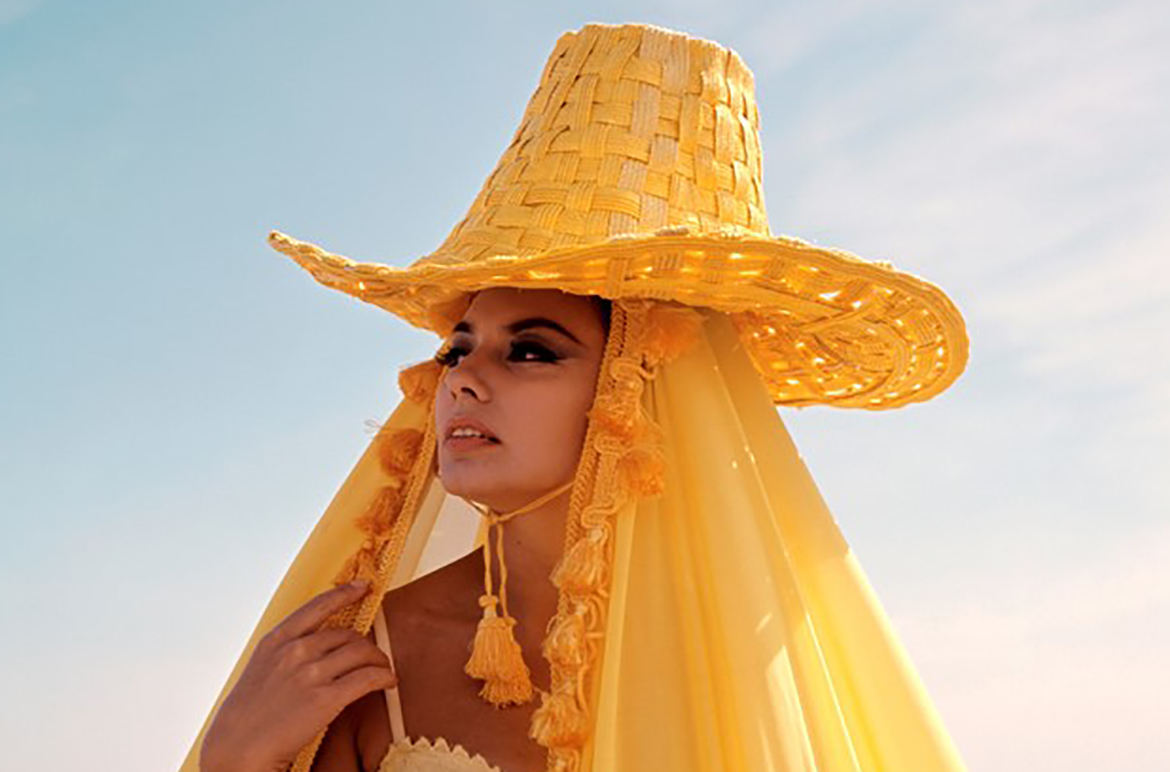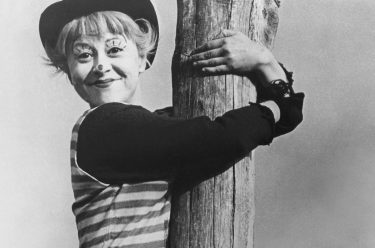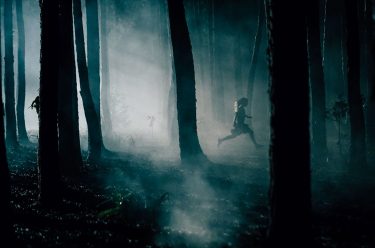The Australian Cinémathèque presents a retrospective of celebrated Italian filmmaker Federico Fellini — a larger-than-life persona whose grand and fantastical cinematic visions are grounded in social critique and a bold exploration of humanity.
A comprehensive survey of Federico Fellini’s filmography, running until 2 October 2022, charts the striking stylistic changes throughout the director’s career and features many recent restorations that highlight his extravagant aesthetic and bold storytelling. From the self-aware comedy drama 8½ 1963 and the seductive yet damning La Dolce Vita 1960, to the Academy Award-winning La Strada 1954, the hyper-real Juliet of the Spirits 1965 and the flamboyant Fellini Satyricon 1969, the film program showcases each of Fellini’s features and omnibus films.
‘I didn’t choose to become a filmmaker: it was the cinema that chose me.’
Federico Fellini
Fellini launched his directing career in the form of a co-directing credit with Alberto Lattuada on the 1950 film Variety Lights, which follows a troupe of vaudeville performers. Reflecting on this experience, Fellini has remarked that Lattuada did all the work while he learnt the craft. Variety Lights had only a modest box office and critical response, but through it, Fellini secured backing to make the films I Vitelloni 1953 (illustrated) and Il Bidone (The Swindle) 1955. His early cinematic style was formed by the influential film movement of Italian Neorealism: a response to the cultural shift brought about by the end of World War Two and the demise of the fascist Mussolini government, Neorealism — and Fellini’s films — explored the human condition with an unflinching eye.

One of Fellini’s most highly influential and acclaimed films of this time was La Strada 1954 (illustrated). Actress Giulietta Masina plays Gelsomina, the innocent and melancholy clown sold into servitude to the travelling strongman, Zampanò, played by Anthony Quinn. Masina, who married Fellini in 1943, was a key creative partner with the filmmaker throughout their careers, often playing the character that represented the emotional or moral heart of a film.

In the 1960s, Fellini became more introspective, incorporating personal memory and dreamlike fantasy into his films. One of Fellini’s most beloved films, La Dolce Vita 1960 (illustrated), stars some of Fellini’s most notable acting collaborators: Marcello Mastroianni, a suave yet failed writer who has become a tabloid journalist to make ends meet; the mysterious love interest — Anouk Aimée as Maddelena, and Anita Ekberg playing film star Sylvia Rank, who famously wades fully clothed into the Trevi fountain, coaxing Marcello after her. La Dolce Vita set Fellini on the path of superstardom as a director, affording him more creative freedom.
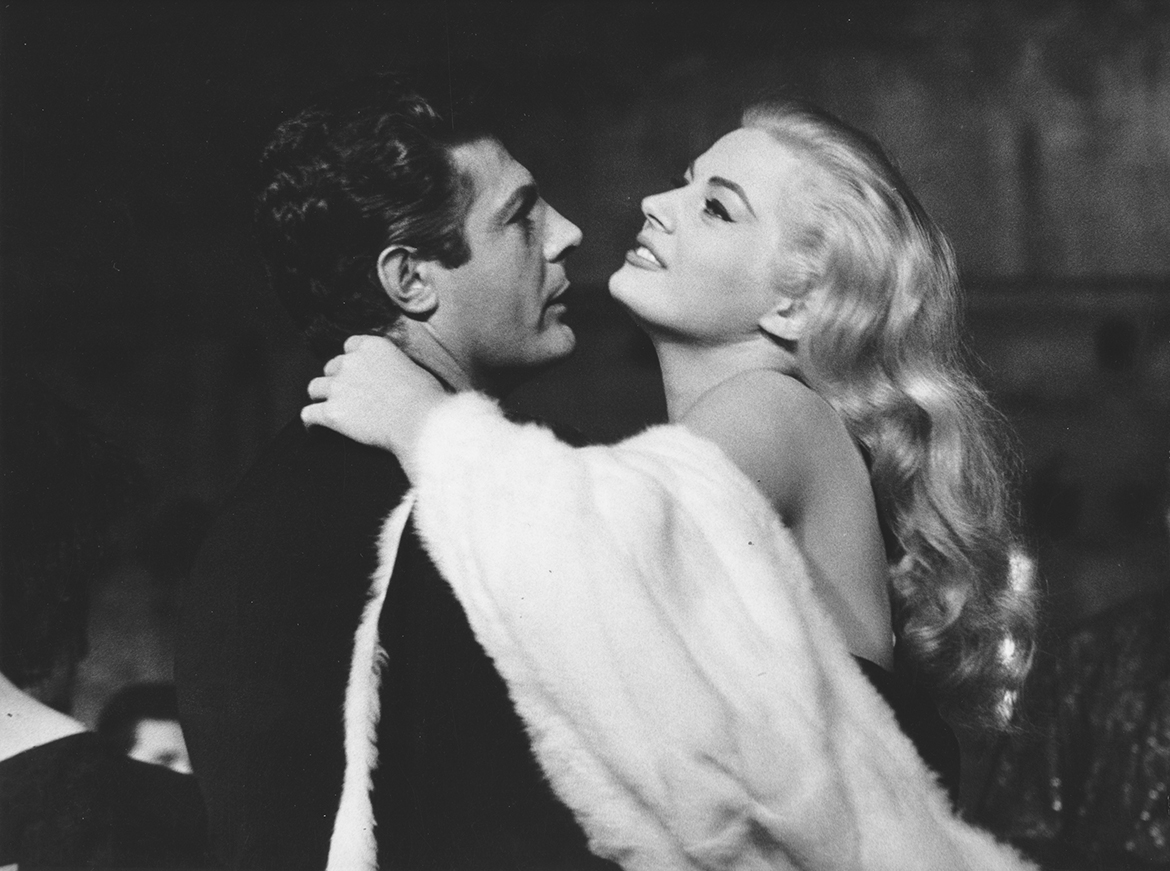
The iconic 8½, made in 1963 (illustrated), is Fellini’s masterpiece. An exploration of filmmaking and the creative spark, it examines the terror of a director out of ideas, with a team of film professionals waiting on him for a project to commence. Marcello Mastroianni brilliantly acts as Fellini’s alter ego, Guido, in a turmoil of romantic confusion, bombarded by intrusive memories and outrageous fantasy sequences. The 1960s also marked Fellini’s foray into colour. Juliet of the Spirits 1965 (illustrated) was his first feature film in colour and was written for his wife, Giulietta Masina. A highly personal story, the film includes fantastical elements and sequences drawn from Masina’s actual dreams alongside a storyline in which the character she plays, to her dismay, discovers her husband’s infidelity. A vividly colourful and bold film from Fellini, Juliet of the Spirits is also a revealing and deeply brave undertaking by Masina.

During the late 1960s and into the 1970s, Fellini delved further into visual extravagance. His baroque sensibility saw the director incorporate a painterly style into his filmmaking, creating ornate and highly detailed sets and flamboyant costuming, and infused his films with spectacle. Exercising his penchant to combine the sacred with the profane, in this period, Fellini critiqued the Church, revisited his beloved Rome in story, and blended fiction with fantasy. Fellini Satyricon 1969 (illustrated) is based on the collection of stories by Petronius (one of Emperor Nero’s advisors) and is the director’s interpretation of ancient Rome through the lens of what he termed ‘science fiction’. The scale of Fellini’s cinematic vision, achieved with elaborate production design and costuming, is staggering. Brimming with sexual liberation and experimentation — orgiastic banquets, gilded bodies, minotaurs — the film’s extravagance and decadence is both a magnetic spectacle and a damming critique of excess.
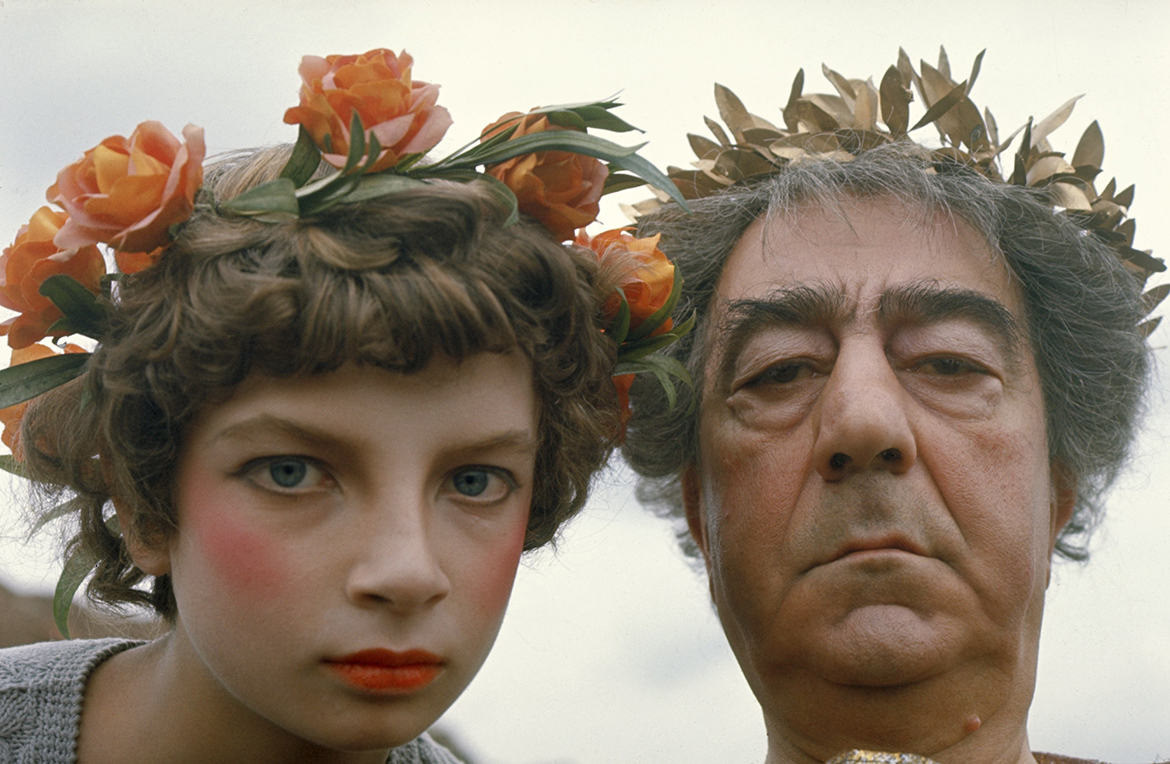
With Roma in 1972 and Amarcord in 1973 (illustrated), Fellini reminisces about his two homes. Roma is a meld of documentary and fiction; a memory-based film that juxtaposes vulgarity and rebellion — brothels and leather clad bikies — with the fierce rebuke of religion. The rural setting of Amarcord, by contrast, is inspired by the filmmaker’s childhood in the seaside village of Rimini. Bawdy yet romantic, and told with nostalgia for the town’s seasonal rituals alongside adolescent fantasies about the village’s most beautiful women, Amarcord is one of Fellini’s most successful films internationally and won the Academy Award for Best Foreign Language film in 1974.
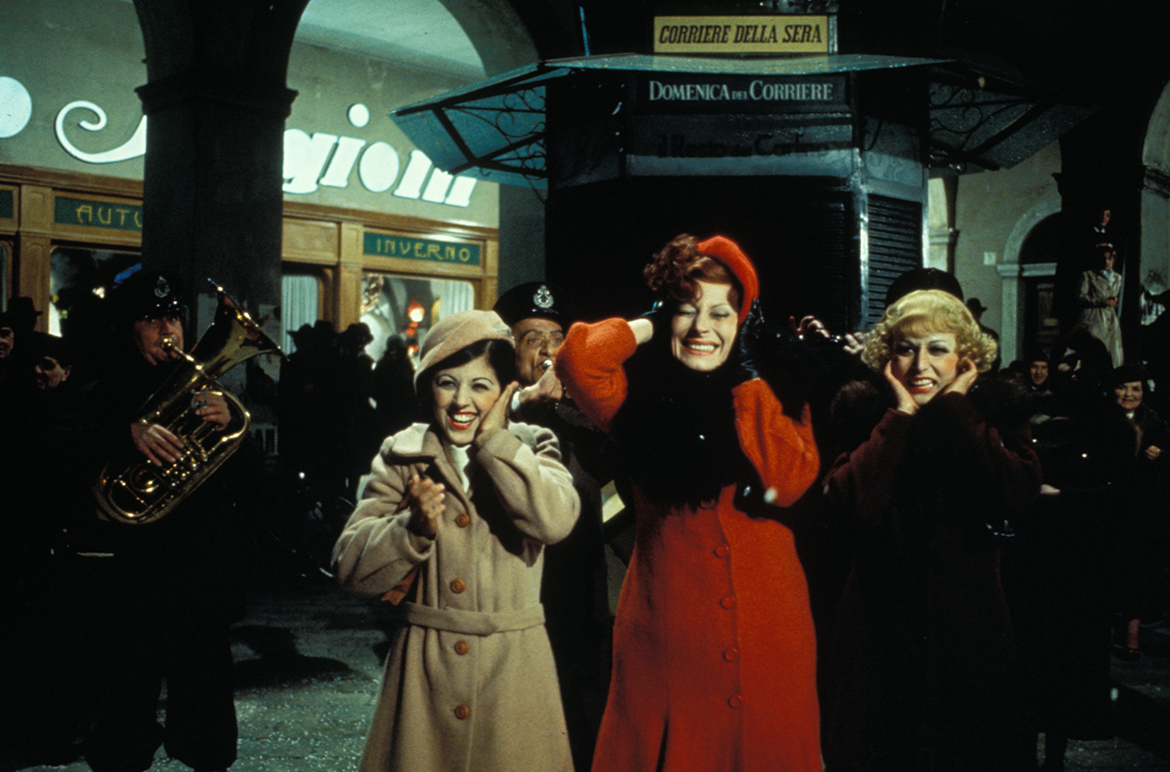
Throughout the 1980s and 90s, Fellini turned his attention to three mediums of storytelling that, for him, loomed large: cinema, opera and television. Released in 1983, And the Ship Sails On is set on a boat that unexpectedly takes on a group of refugees on its way to a funeral. Intervista 1987 is about Cinecittà, the Italian film studio much loved by Fellini, who spent most of his working life on its sets. The director ended his career with The Voice of the Moon 1990, which stars acclaimed Italian actor Roberto Benigni.
Over the course of his long career, Fellini’s films are incredibly varied. However, some distinct threads run through these works. Many of the director’s films draw on personal memories or dreams and contain a sense of the theatrical, including performers ranging from clowns to dancers. The themes of erotic fantasy and infidelity are often present and — though many would argue that it is self-obsession — so, too, is his self-awareness. Federico Fellini is a larger-than-life persona whose grand and fantastical visions of cinema are grounded in social critique and a bold exploration of humanity. His fascination for spectacle, parties and parades are balanced by a yearning for innocence or the simple pleasures of life: food, connection to fellow human beings and an appreciation of beauty in all forms.
Rosie Hays is Associate Curator, Australian Cinémathèque, QAGOMA.
The films of Federico Fellini
View the program
Luci Del Varietà (Variety Lights) 1950
Lo Sceicco Bianco (The White Sheik) 1952
I Vitelloni 1953
Agenzia Matrimoniale (A Marriage Agency) 1953
La Strada 1954
Il Bidone (The Swindle) 1955
Le Notti Di Cabiria (Nights Of Cabiria) 1957
La Dolce Vita 1960
Le Tentazioni del Dottor Antonio (The Temptations of Doctor Antonio) 1962
8 ½ 1963
Giulietta Degli Spiriti (Juliet of the Spirits) 1965
Toby Dammit 1968
Fellini Satyricon 1969
Fellini: A Director’s Notebook 1969
I Clowns (The Clowns) 1970
Roma 1972
Amarcord 1973
Casanova 1976
Prova D’orchestra (Orchestra Rehearsal) 1978
La Città Delle Donne (City of Women) 1980
E La Nave Va (And The Ship Sails On) 1983
Ginger E Fred (Ginger and Fred) 1986
Intervista (Interview) 1987
La Voce Della Luna (The Voice of The Moon) 1990
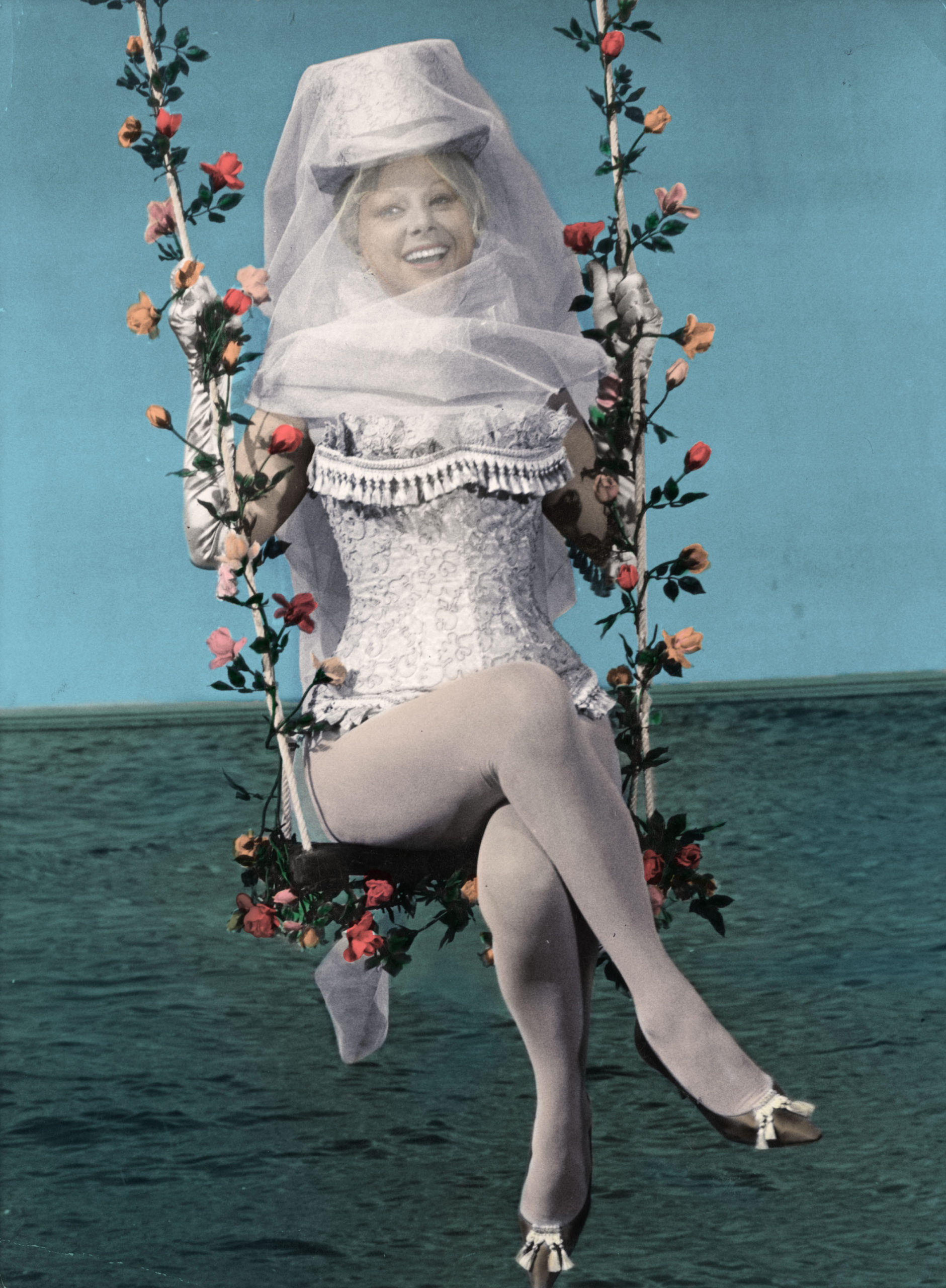
‘The Films of Federico Fellini’ is at the Australian Cinémathèque, GOMA from 16 August until 2 October 2022.
Featured image: Production still from Juliet of the Spirits 1965 / Director: Federico Fellini / Image courtesy: Janus Films
#QAGOMA
